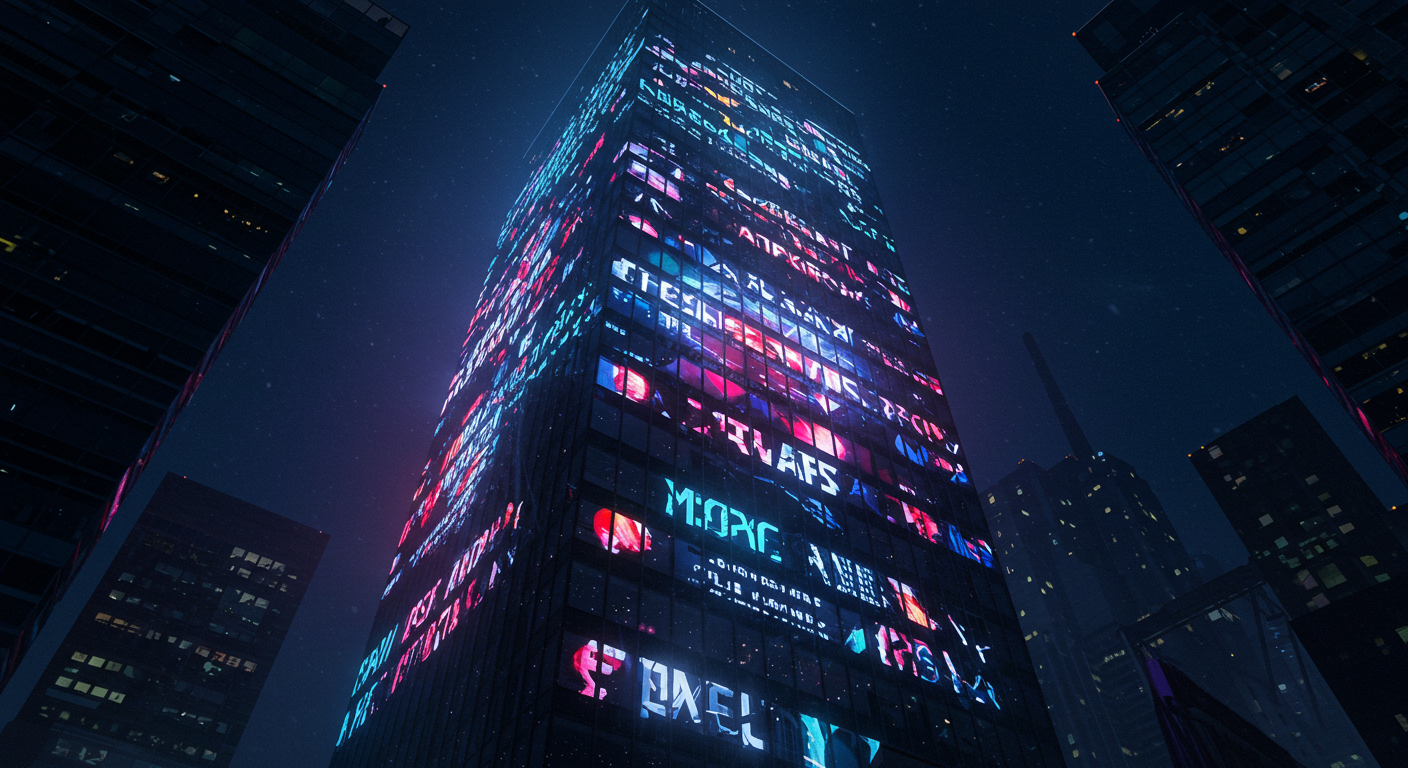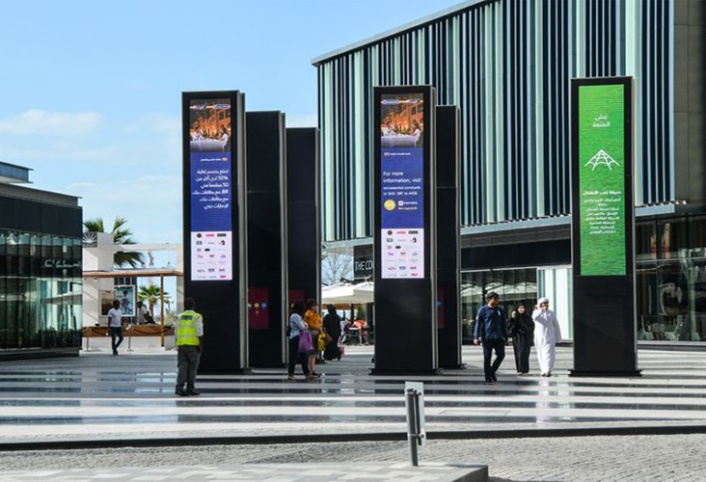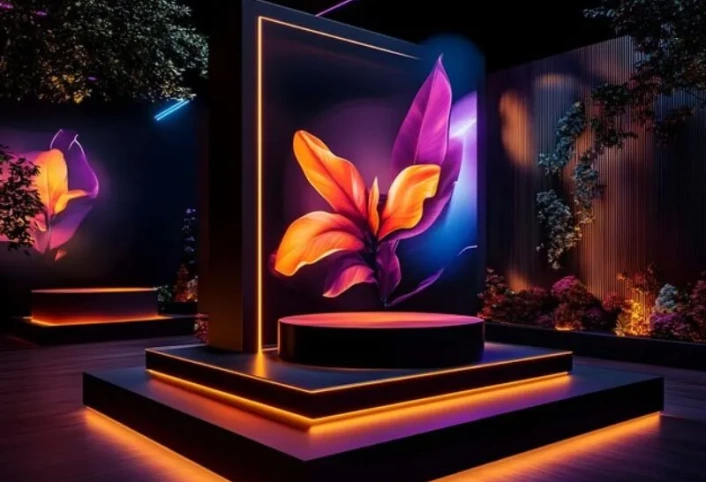Buildings used to be mute. Grand, imposing, beautiful — but silent. Their messages were carved in stone or whispered through style: Gothic arches spoke of reverence, glass towers of transparency, brutalist blocks of raw function. Then came the pixels. Not as add-ons, not as billboards slapped onto facades, but as integral elements of architectural expression. Media facades didn’t turn buildings into TVs; they gave them voices. In cities like Dubai, Seoul, and New York, architecture began to emote. A corporate headquarters doesn’t just house employees; it broadcasts the rhythm of its workflow through pulsing light patterns at dusk. A cultural center doesn’t just host exhibitions; it previews them on its skin, turning the sidewalk into a pre-show lobby. What’s fascinating is how this language evolved. Early attempts felt garish — digital graffiti on sacred stone. But the new generation of media facades respects the architecture it inhabits. It enhances texture rather than masking it. It responds to weather, to time of day, to pedestrian flow. Some glow warmer as the sun sets. Others dim when the street empties. A few even react to social media sentiment, turning the building into a barometer of public emotion. This isn’t decoration. It’s dialogue. Between structure and citizen. Between institution and community. Between permanence and flux. And the most successful examples aren’t the brightest or the biggest — they’re the ones that feel inevitable, as if the building was always meant to speak this way. They make you wonder why all cities don’t hum with this gentle, luminous conversation. Why every museum entrance isn’t a portal. Why every train station ceiling isn’t a sky. The technology exists. The desire exists. All that’s missing is the courage to let our buildings tell their stories — not in plaques or brochures, but in light.





